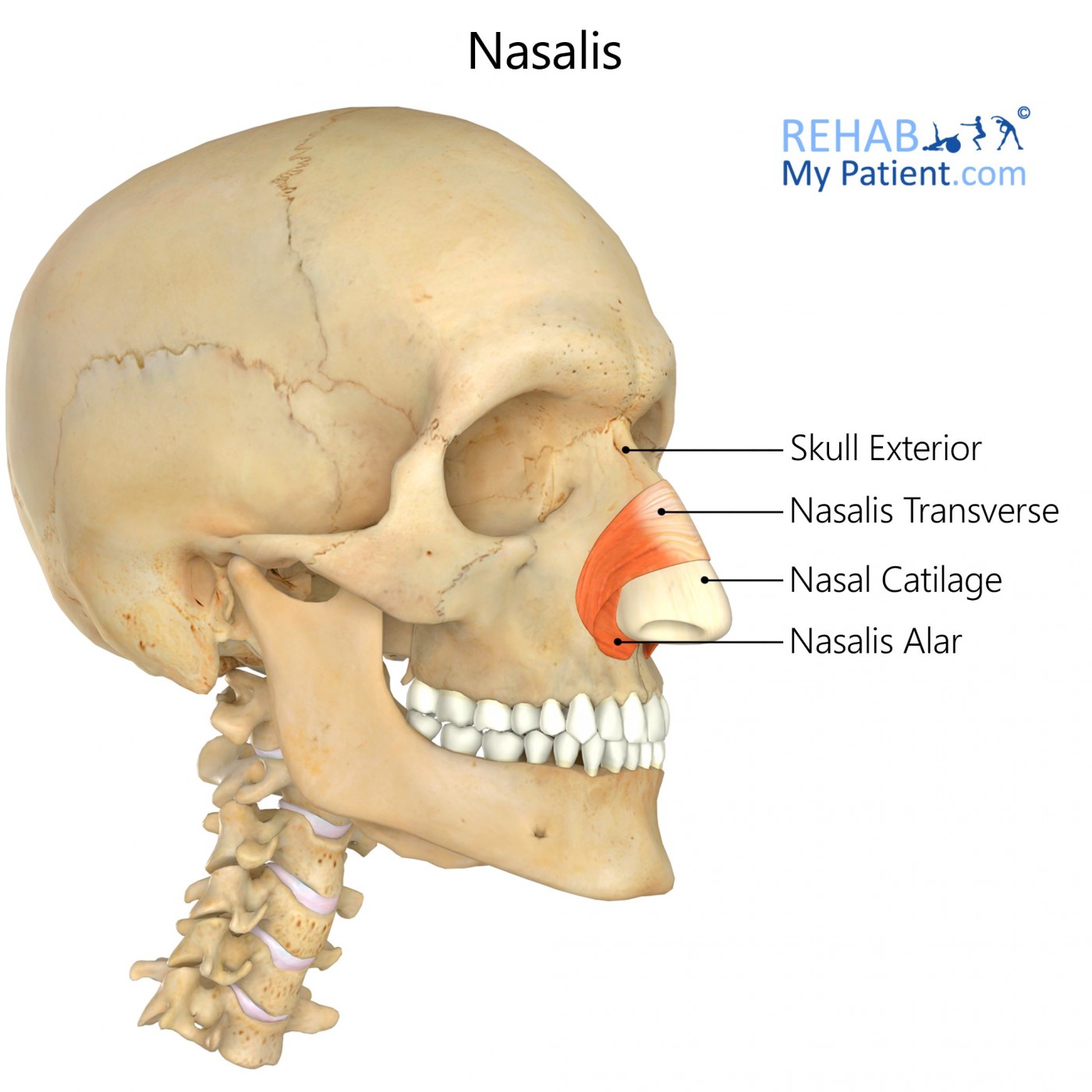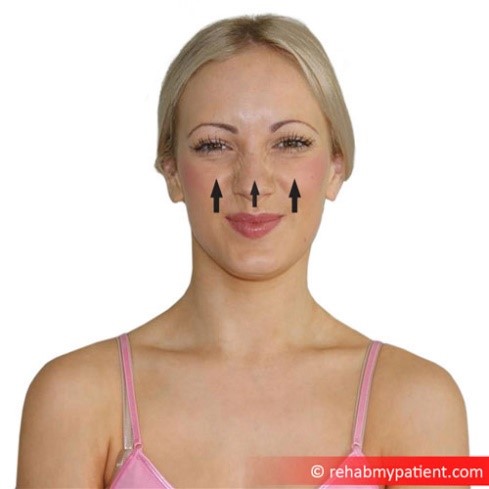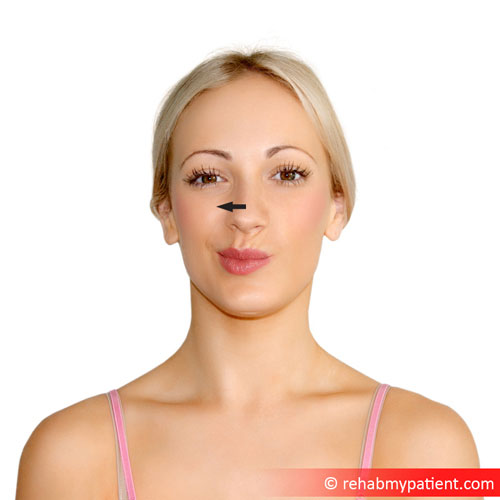Nasalis
Opublikowano dnia 27th Jul 2020 / Opublikowano w: Twarz

General information
Nasalis is a paired muscle covering the dorsum of the nose. There are two parts to this muscle, the alar and transverse parts. The alar part is also known as the dilator naris posterior, and the transverse part otherwise known as the compressor naris. This muscle forms the nasal group of the facial muscles with procerus, levator labii superioris alaeque nasi and depressor septi muscles.
Literal meaning
The muscle of the nose.
Interesting information
Like all other facial muscles, nasalis originates from the second pharyngeal arch and therefore is innervated by the facial nerve (CN VII). This muscle’s actions of dilating the nostrils and depressing the ala nasi allow nostril flaring, which happens when breathing.
Origin
Alar part: Frontal process of maxilla (superior to lateral incisor).
Transverse part: Maxilla (superolateral to incisive fossa).
Insertion
Alar part: Skin of ala.
Transverse part: Merges with counterpart at dorsum of nose.
Function
Alar part: Depresses ala laterally, dilates nostrils.
Transverse part: Wrinkles skin of dorsum of nose.
Nerve supply
Buccal branch of facial nerve (CN VII).
Blood supply
Superior labial, septal, and lateral nasal branches of facial artery.
Infraorbital branch of maxillary artery.

Relevant research
For Cleft lip patients, dissection and repair of both origin and insertion of nasalis muscle produced a nasal width, columellar height, and nasal tip projection close to the normal population.
Attia, S. A., Helal, H. A., El Barabary, A. S., Awad, M. A., & Sherif, M. M. (2019). Impact of nasalis muscle repair in unilateral cleft lip patients. Journal of cranio-maxillo-facial surgery: official publication of the European Association for Cranio-Maxillo-Facial Surgery, 47(2), 255–262.
Nasalis exercises

Nose wrinkle
Wrinkle your nose and cheeks, hold, relax, and then repeat.

Nose shift
Shift your nose to one side, hold, and repeat on the other side.
Zapisać się
Zarejestruj się już teraz, aby skorzystać z bezpłatnego okresu próbnego!
Zacznij korzystać z Rehab My Patient już dziś i zrewolucjonizuj proces przepisywania ćwiczeń, aby zapewnić sobie skuteczną rehabilitację.
Rozpocznij 14-dniowy bezpłatny okres próbny